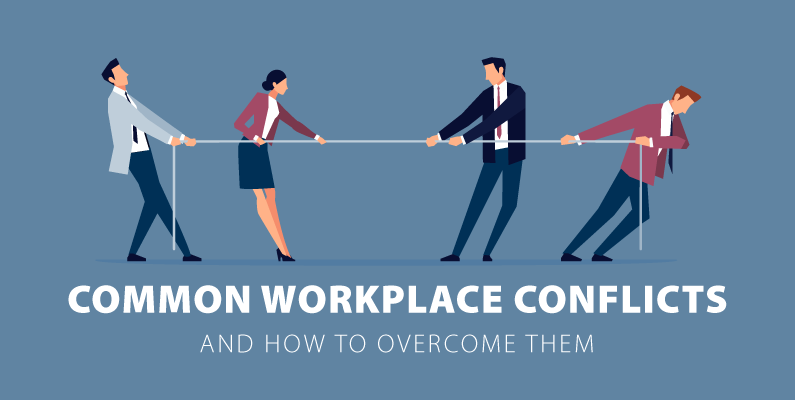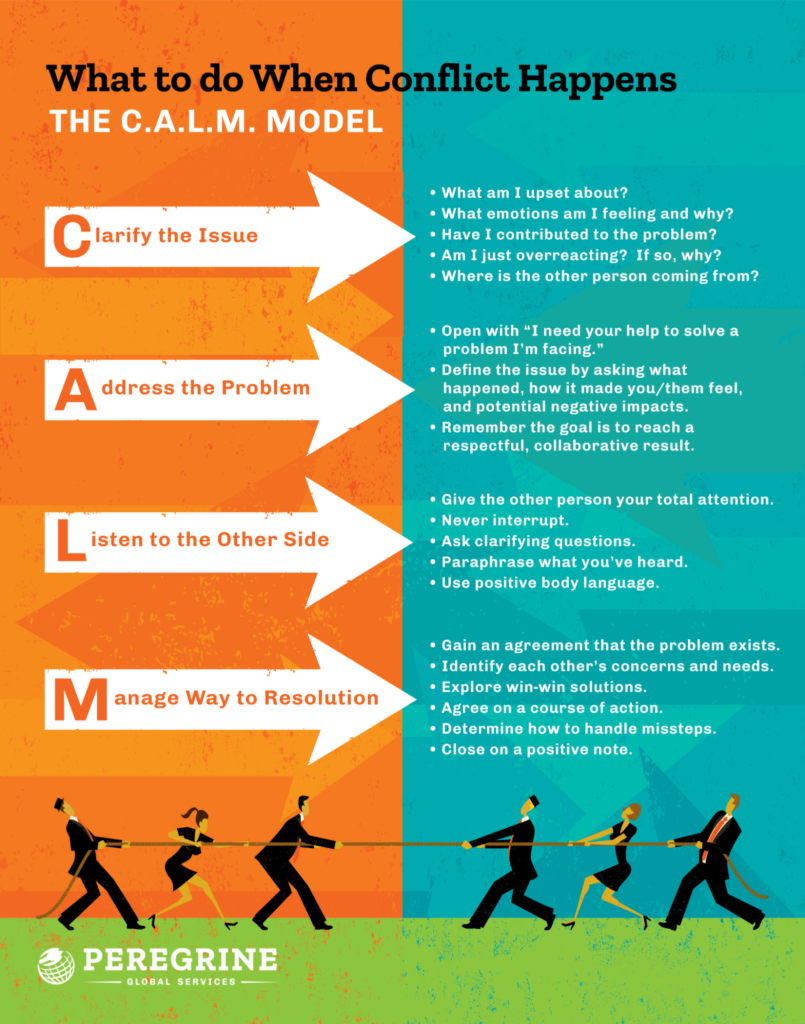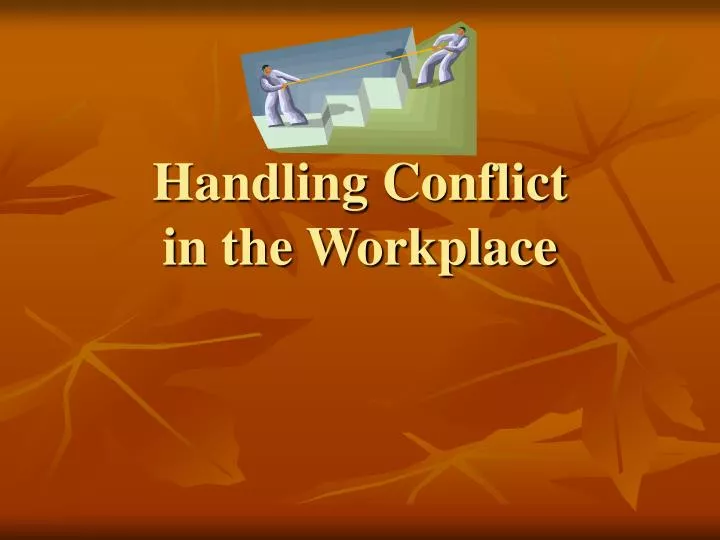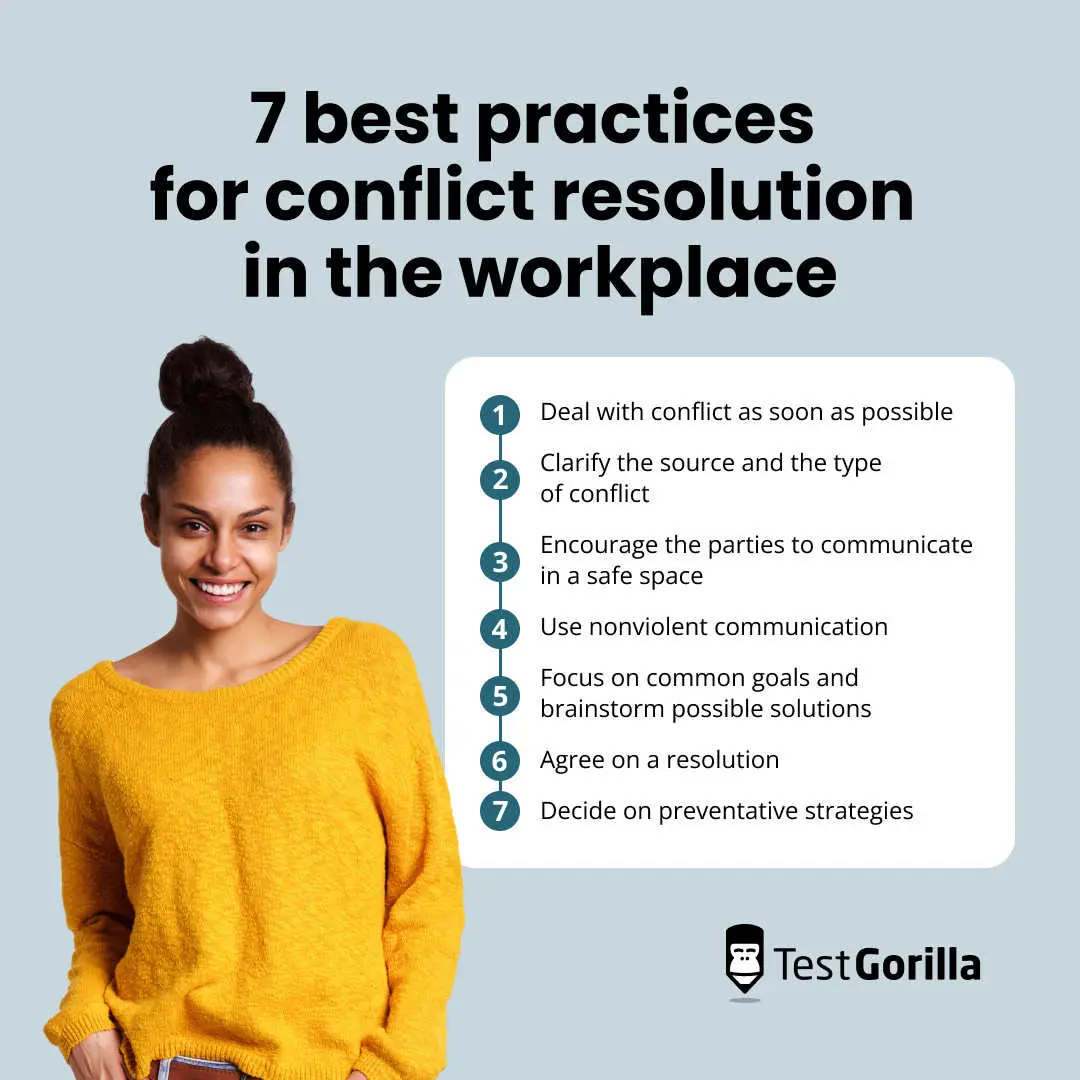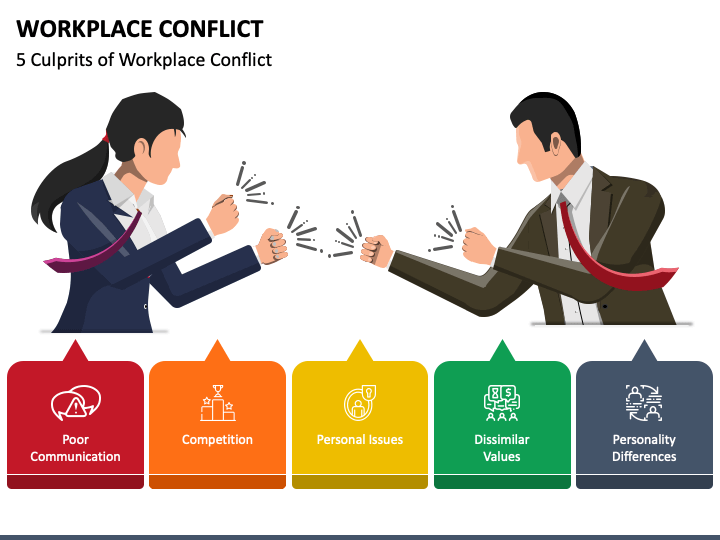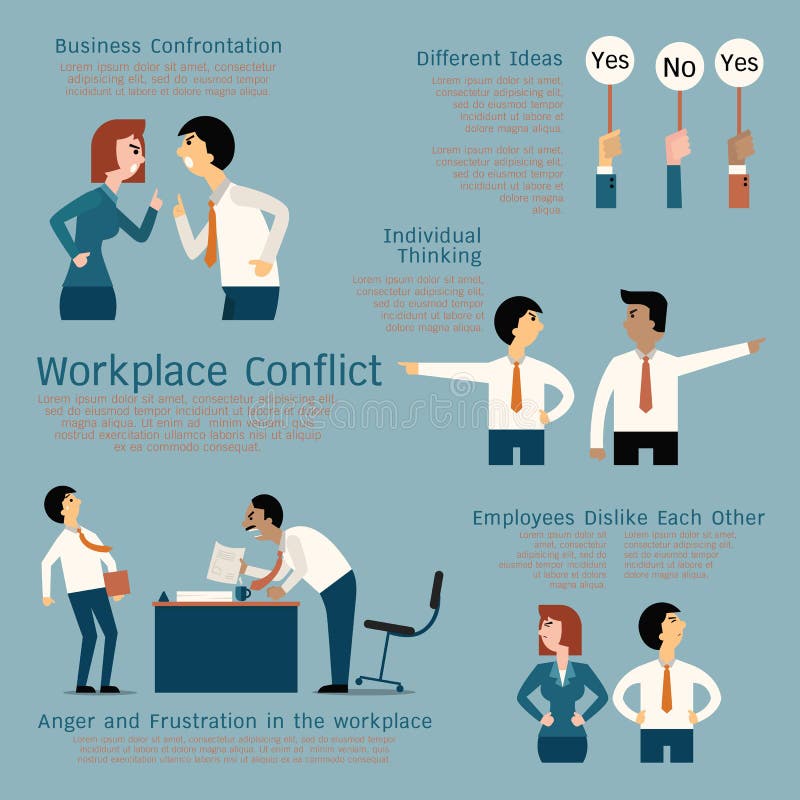Handling Confrontation In The Workplace
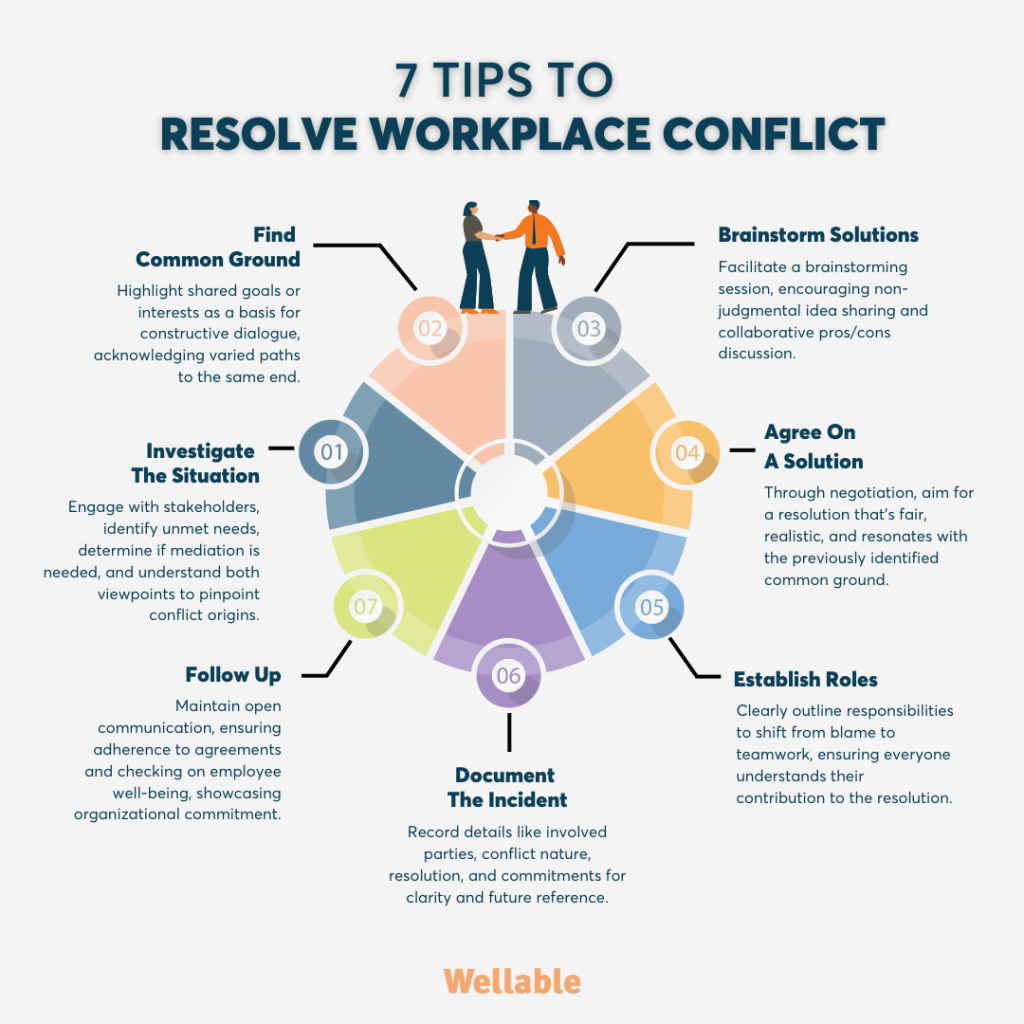
Workplace conflict is inevitable. From disagreements over project direction to personality clashes, friction can arise in any professional setting. Knowing how to navigate these confrontations constructively is crucial for maintaining productivity, morale, and a healthy work environment.
Understanding effective conflict resolution strategies can transform potentially destructive situations into opportunities for growth and improved team dynamics. This article examines common causes of workplace conflict, explores practical approaches to handling confrontations, and highlights the importance of fostering a culture of open communication and respect.
Understanding the Roots of Workplace Conflict
Conflicts in the workplace can stem from various sources. Differences in opinions, communication styles, and working methods are frequent culprits.
According to a study by CPP Global Human Capital Report, miscommunication accounts for a significant percentage of workplace disputes. Ambiguity in roles, responsibilities, or expectations also contributes to misunderstandings and frustration.
Another common cause is competition for limited resources, such as budgets, promotions, or recognition. Personality clashes, arising from differing values or perspectives, can further exacerbate tensions.
Navigating the Confrontation: A Step-by-Step Approach
When faced with a confrontation, a structured approach can help de-escalate the situation and facilitate a resolution. Begin by identifying the specific issue at hand.
Avoid generalizations or accusatory language, focusing instead on concrete examples of the behavior or situation causing concern. Active listening is critical at this stage.
Demonstrate that you understand the other person's perspective by paraphrasing their points and asking clarifying questions. "So, if I understand correctly, you're feeling that your input wasn't adequately considered during the planning phase?"
Once both parties have had a chance to express their views, explore potential solutions collaboratively. Brainstorm different options without judgment, and be willing to compromise.
If the conflict involves more than two people, or if the issue is particularly sensitive, consider involving a neutral third party, such as a HR representative or a trained mediator.
Documenting the discussion and agreed-upon solutions is important to ensure accountability and prevent future misunderstandings. A written summary of key points and action items can serve as a reference for all parties involved.
Fostering a Culture of Open Communication
Preventing workplace conflict is just as important as resolving it. Creating a culture of open communication and respect can significantly reduce the likelihood of disputes.
Regular team meetings, one-on-one check-ins, and anonymous feedback mechanisms can provide opportunities for employees to voice concerns and address issues before they escalate. Leaders play a crucial role in modeling respectful communication.
They should encourage employees to express their opinions, actively listen to different perspectives, and provide constructive feedback. Training programs on conflict resolution, communication skills, and diversity and inclusion can also equip employees with the tools they need to navigate challenging situations effectively.
"A culture of psychological safety, where employees feel comfortable taking risks and voicing concerns without fear of reprisal, is essential for preventing and resolving workplace conflict." - Dr. Amy Edmondson, Harvard Business School.
The Human-Interest Angle: Finding Common Ground
Beyond practical strategies, remembering the human element in workplace conflicts can make a difference. Often, disputes arise not from malicious intent but from misunderstandings, different perspectives, or unmet needs.
Taking the time to understand the other person's background, motivations, and concerns can help build empathy and foster a sense of connection. Finding common ground, even on seemingly unrelated issues, can create a foundation for resolving the conflict at hand.
Simple acts of kindness, such as offering a listening ear or acknowledging someone's contributions, can go a long way in building positive relationships and preventing future conflicts. Empathy and understanding can often be the bridge to resolution.
Conclusion
Handling confrontation in the workplace is a critical skill for employees at all levels. By understanding the root causes of conflict, adopting a structured approach to resolution, and fostering a culture of open communication and respect, organizations can create a more productive, positive, and harmonious work environment.
Investing in training, promoting empathy, and encouraging open dialogue are essential steps towards building a workplace where disagreements are seen as opportunities for growth and collaboration, rather than sources of division and negativity.

